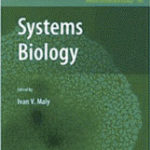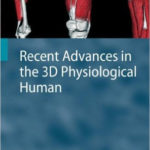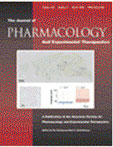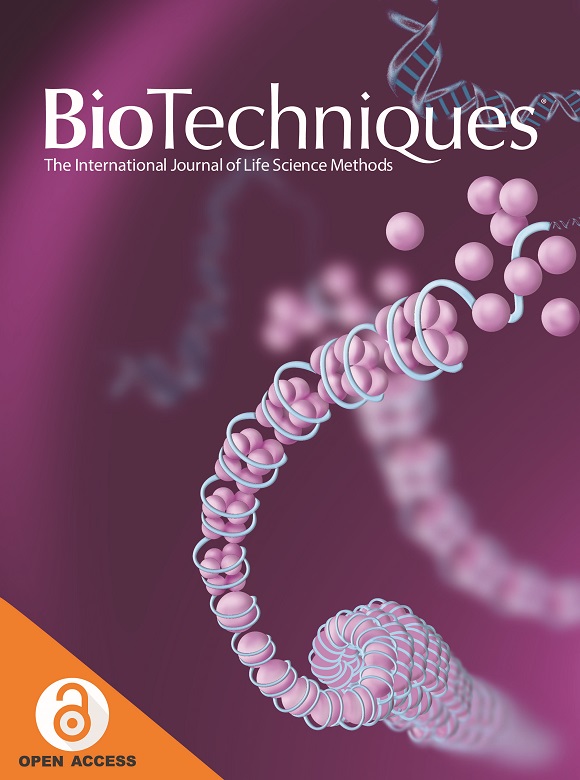APVT-51-031104
Mechanism of excitation-contraction coupling in normal and failing mammalian myocardium
Principal Investigator: Ivan ZahradníkDuration: January 2005 – December 2007
|
Annotation:Excitation-contraction coupling in cardiac myocytes is mediated by calcium signalling in the tubulo-reticular junction, which includes calcium influx from the extracellular environment, calcium release from the sarcoplasmic reticulum, and inactivation of both processes. In failing heart, contractility of myocytes is impaired due to a decrease in calcium release. The aim of this proposal is to define the relationship between the organization of the tubulo-reticular junction and calcium signalling in normal and failing heart. We will employ our well-established methodological and theoretical approaches (measurement of pure calcium currents and local calcium signals, stereological analysis of the environment of organelles, modelling of reaction-diffusion processes, simulation of calcium channel activity in the tubulo-reticular junction, and geometrical modelling) that make possible to characterize the organization of the tubulo-reticular junction and calcium signalling among calcium channels. |
Keywords:myocardium, myocyte, calcium signalling, ion channels, contractility, heart failure |
Objectives:Excitation-contraction coupling in mammalian heart muscle is based on calcium signalling in the tubulo-reticular junction. Our central hypothesis is that the specific micro-architecture of the tubulo-reticular junction, consisting of juxtaposed clusters of DHPR and RyR channels, together with their specific calcium-dependent gating properties, conveys the unique properties of excitation-contraction coupling in cardiac myocytes. We particularize this hypothesis in the concept of the excitation-contraction coupling unit (ECCU). The ECCU is understood as the whole set of channels in the cardiac dyadic junction (excitation unit composed of DHPRs, and release unit composed of RyRs), defined by the conductive and gating properties, topological disposition and ionic environment of the participating channels. The objective of this proposal is to define the role of changes in the micro-architecture of cardiac muscle cells, i.e., in the properties of ECCUs as well as their cellular distribution, in compromised calcium release efficiency in the failing heart. To achieve this objective, we will extensively employ several original methods developed in our laboratories, i.e., the model of calcium current kinetics with release dependent inactivation, the software for simulation of the electrophysiological experiment based on simulation of interacting channel clusters, the technique for selective induction of calcium release-dependent inactivation of calcium current, modelling of reaction-diffusion processes in the dyad, stereological identification of the environment of organelles, and geometrical modelling of muscle cells. To identify molecular and cellular mechanisms of calcium signalling in cardiac myocytes responsible for impaired triggering of contraction in failing myocardium, we will concentrate on two closely related specific aims: (1) To test the hypothesis that the decreased efficiency and reliability of calcium-induced calcium release in heart failure is caused by changes of the ECCU; (2) To test the hypothesis that the changes in calcium release in failed myocytes are caused by changes in the disposition of ECCUs within the myocyte. |
Publications: |
 |
Zahradnikova A, Valent I, Zahradnik I (2010): Frequency and release flux of calcium sparks in rat cardiac myocytes: a relation to RYR gating. J Gen Physiol 136: 101-116. |
 |
Parulek J, Sramek M, Cerveansky M, Novotova M, Zahradnik I (2009). A cell architecture modeling system based on quantitative ultrastructural characteristics. Methods Mol Biol. 500: 289-312. |
 |
Parulek J, Sramek M, Zahradnik I (2009). GeomCell Design of Cell Geometry. Recent Advances in the 3d Physiological Human, N. Magnenat-Thalmann et al. (eds.), Springer-Verlag London Ltd, p. 21-36. |
 |
Polakova E, Zahradnikova A Jr, Pavelkova J, Zahradnik I, Zahradnikova A (2008). Local calcium release activation by DHPR calcium channel openings in rat cardiac myocytes. J Physiol. 586: 3839-3854. |
 |
Zahradnik I, Minarovic I, Zahradnikova A (2008). Inhibition of the cardiac L-type calcium channel current by antidepressant drugs. J Pharmacol Exp Ther. 324:977-984. |
 |
Athéa Y, Viollet B, Mateo P, Rousseau D, Novotova M, Garnier A, Vaulont S, Wilding JR, Grynberg A, Veksler V, Hoerter J, Ventura-Clapier R. (2007): AMP-activated protein kinase alpha2 deficiency affects cardiac cardiolipin homeostasis and mitochondrial function. Diabetes. 586: 786-794. |
 |
Novak P, Gaburjakova M, Zahradnik I (2007): BLM Analyzer: a software tool for experiments on planar lipid bilayers. Biotechniques. 42: 335-336, 338-339, 341. |
 |
Valent I, Zahradnikova A, Pavelkova J, Zahradnik I (2007): Spatial and temporal Ca2+, Mg2+, and ATP(2-) dynamics in cardiac dyads during calcium release. Biochim Biophys Acta-Biomembr. 1768: 155-166. |
 |
Zahradnikova A, Minarovic I, Zahradnik I (2007): Competitive and cooperative effects of bay k8644 on the L-type calcium channel current inhibition by calcium channel antagonists. J Pharmacol Exp Ther. 322: 638-645. |
 |
Zahradnikova A Jr, Polakova E, Zahradnik I, Zahradnikova A (2007). Kinetics of calcium spikes in rat cardiac myocytes. J Physiol 578: 677-691. |
 |
Novak P, Zahradnik I (2006): Q-method for high-resolution, whole-cell patch-clamp impedance measurements using square wave stimulation. Ann Biomed Eng. 34: 1201-1212. |
 |
Novak P, Zahradnik I (2005): Computer-aided formation of the whole-cell patch-clamp recording configuration. Gen Physiol Biophys. 24: 337-348. |
 |
Zahradnik I, Gyorke S, Zahradnikova A (2005). Calcium activation of ryanodine receptor channels–reconciling RyR gating models with tetrameric channel structure. J Gen Physiol. 126: 515-527. |

 contact
contact
